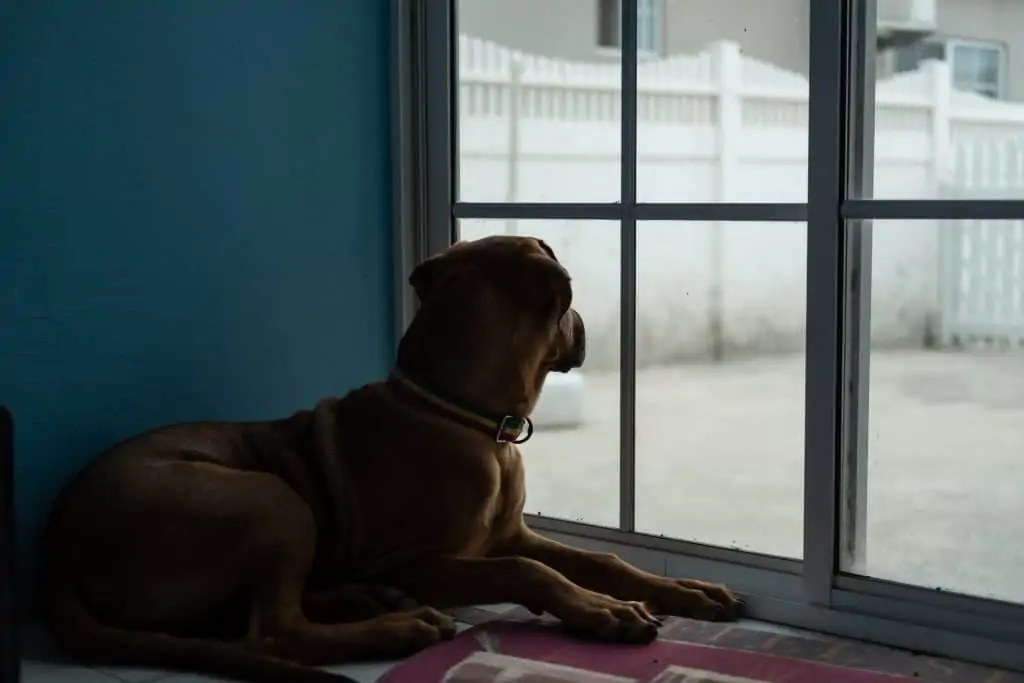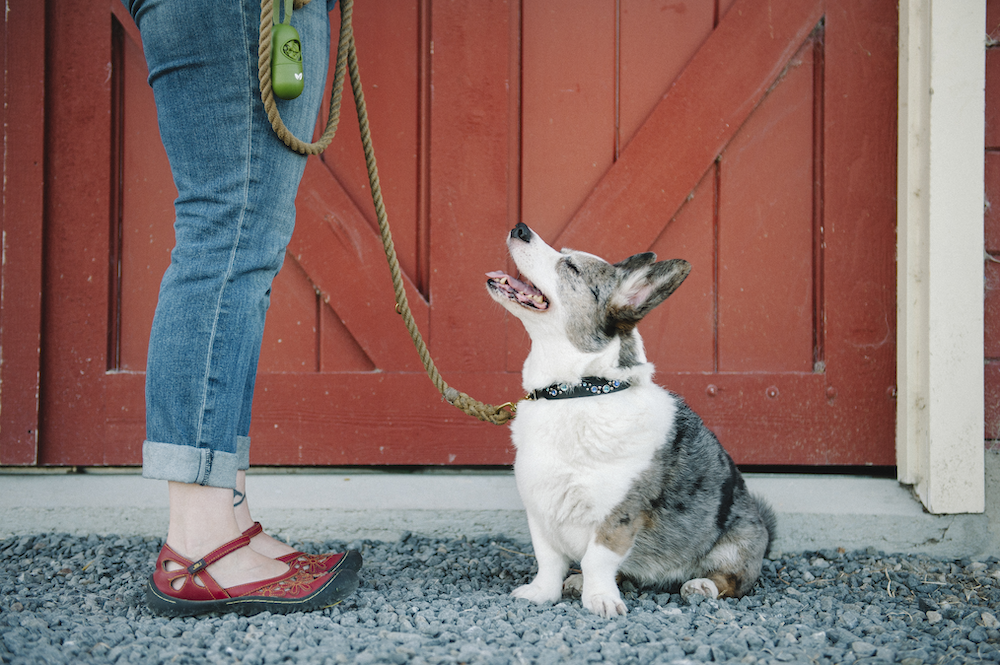
The short answer is: Although dogs may not have the same mental ability to deal with complex mental emotions and conditions as humans, they can experience paranoia-like symptoms such as fear, anxiety and other emotions. How can you help your dog fight paranoia? How do you know when your dog feels paranoid, anxious, or scared? What can you do to stop your dog from feeling paranoid, nervous, or scared?
This article will help you to understand your dog’s paranoia and to keep an eye on him. Here’s a list of things to look out for, what your dog might be saying, how you can help your dog deal with paranoia and what you can do.
Signs Your Dog May Have Paranoid-Like Symptoms?

Paranoia in dogs is not like paranoia in humans, as we have said. They are unlikely to have hallucinations or conspiracies about others, or illusions about themselves.
However, they do exhibit some paranoid-like symptoms, such as fear, aggression and unpredictability. They could be caused by a variety of factors, including their environment, the people around them, and even an internal imbalance (yes dogs can have these).
Your dog is able to tell you the signs that your dog has paranoid tendencies. These signs are easy to spot. You can check to see how your dog reacts to these signs.
Is he hiding his tail between his legs? Are they hiding? Is he afraid? What about his back hair? Is it raised more frequently than usual? How about his ears? Do they have a flat back or are they slanted high?
There are many other small details. Take, for example, a look at the eyes of your dog. Do you see whites everywhere? If you can, he is giving you the “Whale Eye” look.
How about his pupils? Are his pupils dilated? They might feel fearful or anxious if they are. Paranoid dogs may also experience a variety of physical symptoms such as pacing and drooling.
Historical Causes of Canine Paranoia-Like Signs

Historically, a dog’s paranoid-like symptoms come from a specific trigger – think about how dogs get scared in thunderstorms, with loud noises, or with certain kinds of people. A lot of dog paranoia and fear can come from past experiences, abuse, shelter environments, life on the street, and more.
Paranoia and nervousness may be part of your dog’s breed or personality. Small dogs are more likely to be anxious around people and larger animals than they are with smaller dogs.
You may have a dog that is more introverted or nervous than others. While a lot of your dog’s personality can be attributed to nurture, some of it is also influenced by nature. Many dogs are more anxious and nervous than others.
Paranoia and Anxiety: Science Behind It
Paranoia has often been called a brain attack when it’s referred to in humans, and it’s not that much different with canines. Paranoia, though differences between the species, manifests itself in dogs in many of the same ways as it does in people – fear, nervousness, and anxiousness.
Paranoia refers to your brain’s unreasonable fear of something. It can be harm from others, harm from you, or non-existent threats. This can lead to delusions, unrealistic persecution, conspiracies, or other paranoia.
Dogs can also exhibit this behavior. Dog brain function is slightly different. Dogs don’t have complex thinking processes or can’t experience the same conditions as humans. Paranoid symptoms can occur due to irrational, unreasonable, or even conditioned fears.
How to train your dog to deal with paranoid-like symptoms

Owning and loving a dog who is fearful, anxious, and has paranoid-like symptoms can be challenging, but it doesn’t have to be a no-deal situation. In fact, lots of paranoid or anxious dogs can live great, full lives with the right ownership. Think about providing your dog with endless patience, lots of love, and tons of affection.
Training your dog to obey commands can often be a welcome distraction and help him forget about his anxiety and paranoia. Be patient, use positive reinforcement and be patient when training your dog – treats are a sure win!
Train your dog to love his space and allow you to do the same. You should give your dog a safe, secure, and comfortable crate that he can use on his own. He can retreat to a safe and cozy place if he feels unsafe or paranoid.
Your veterinarian might suggest that you give your dog an anti-anxiety medication. Your vet might recommend that your dog be given anti-anxiety medication. It is not a good idea to force something down a dog’s throat. You can teach your dog how to use his pills in a throw and catch game, or to eat them out of his bowl.